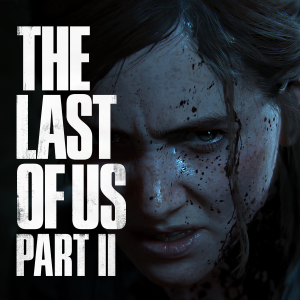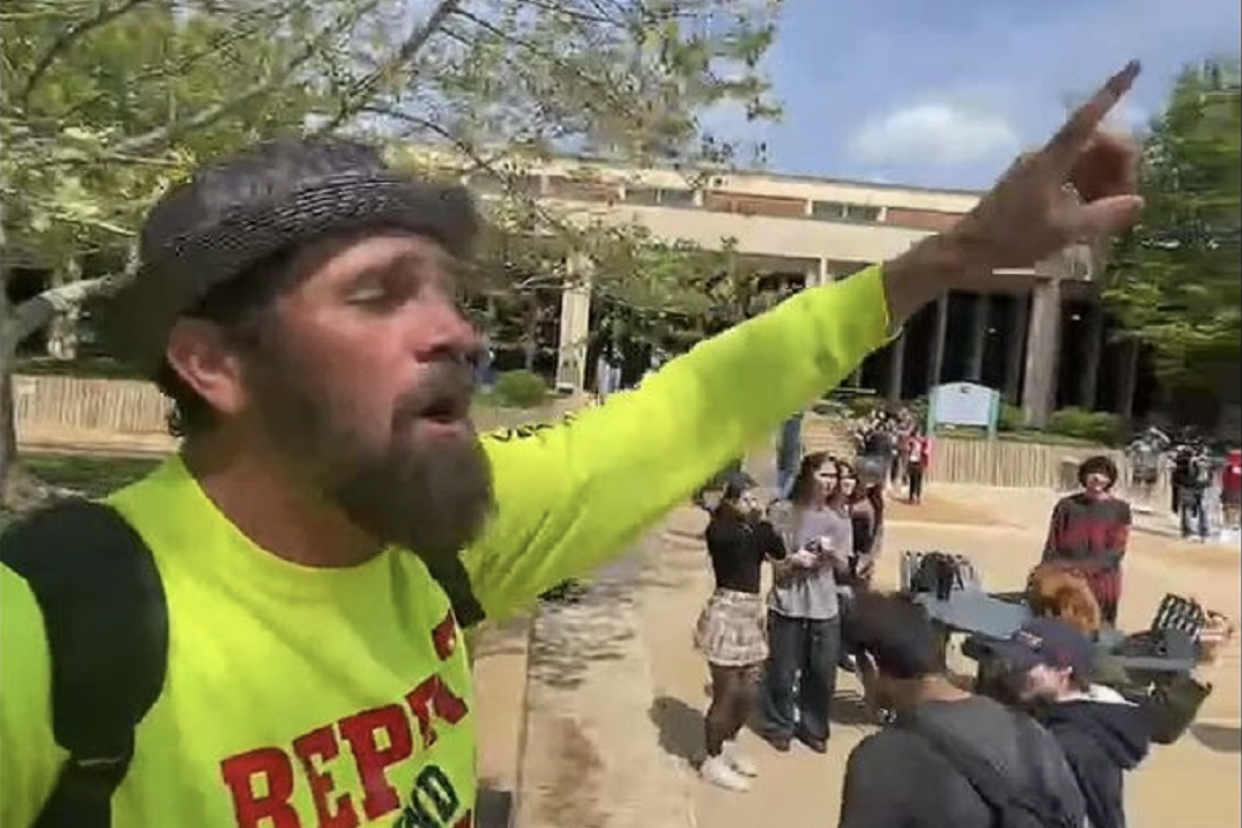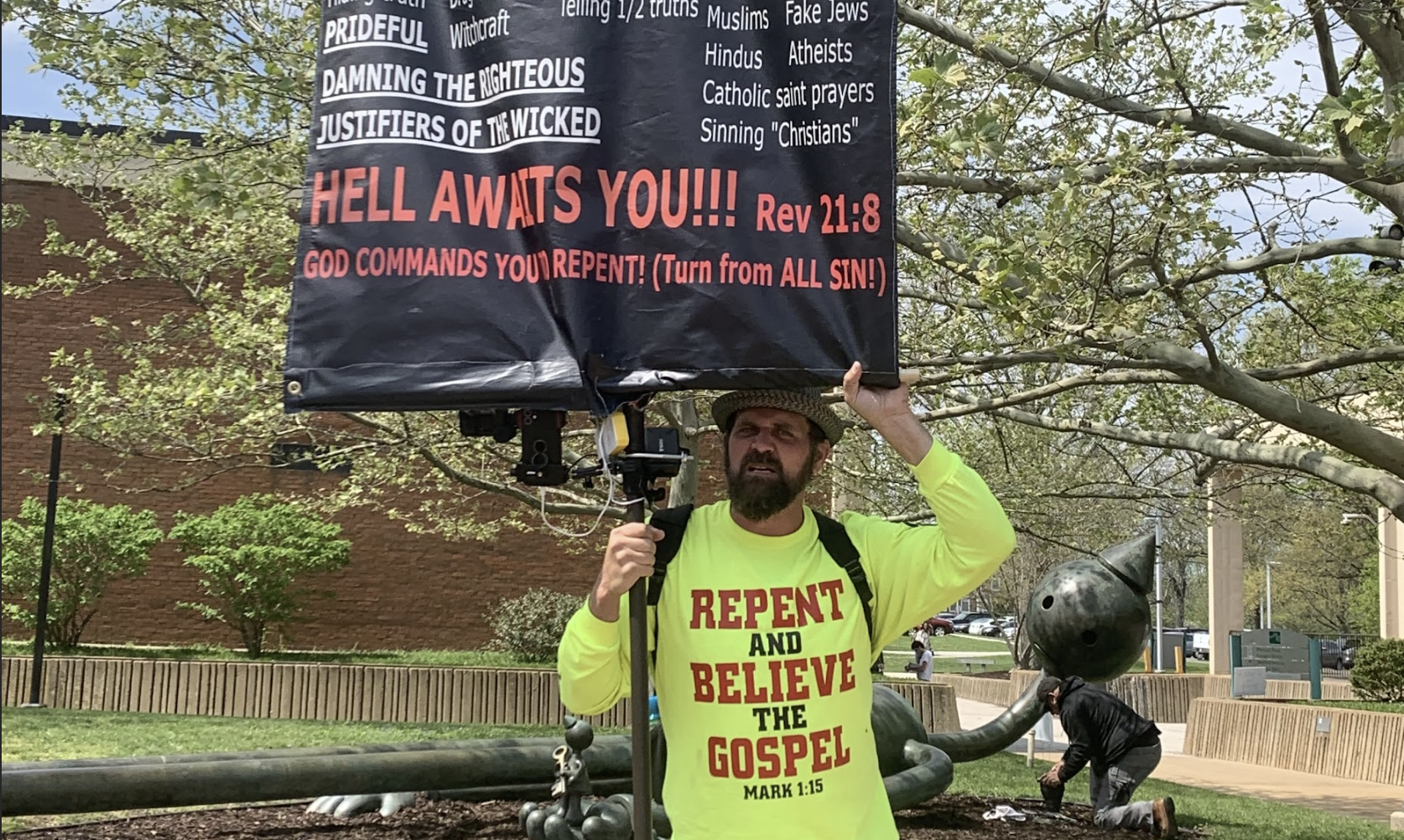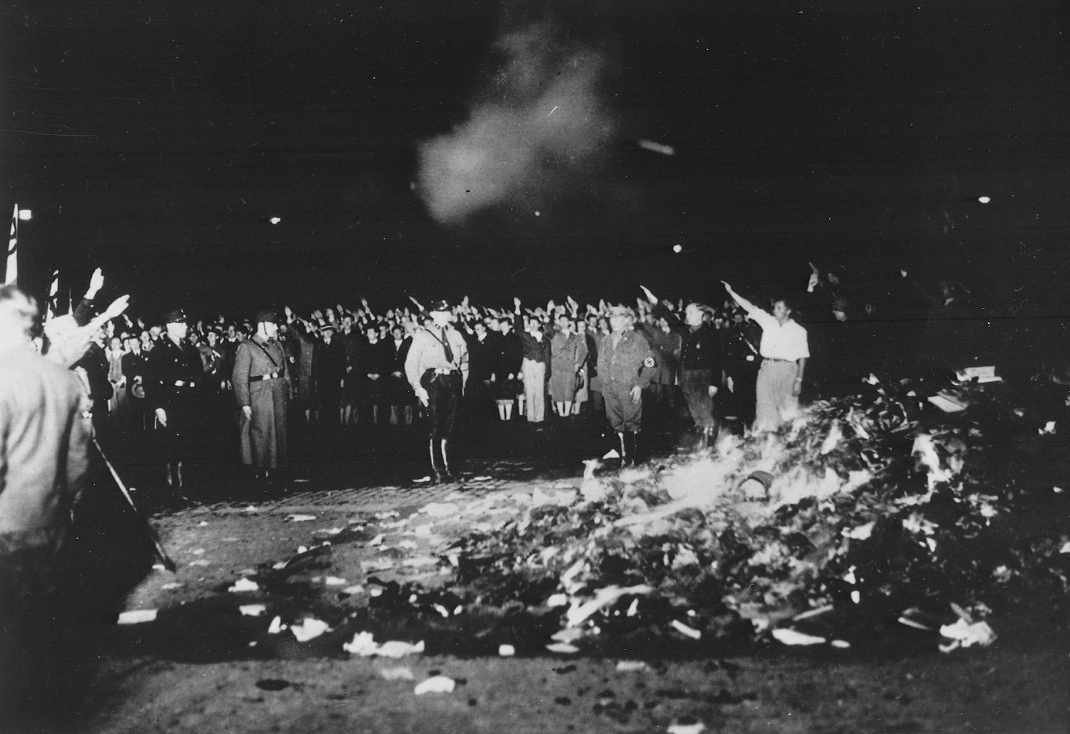We pick back up with Ellie on a brutal quest for vengeance, with a resolution that comes at an equally brutal cost.
BY: JACOB POLITTE
Online Editor
“The Last Of Us Part II”

Released: 6/19/20 exclusively on the Playstation 4
***SPOILERS BELOW***
For a game that has generated a lot of controversy and a surprising amount of hate from gamers in the last three months, I think that it’s safe to say that “The Last Of Us Part II” is still a masterpiece of a game.
Graphically, it’s practically untouchable. The majority of the game takes place in the overrun city of Seattle, and many real life locations like the Seattle Aquarium and CenturyLink Stadium are incorporated into the game in cool, meaningful ways. But compared to the first game, it takes a much darker, more morbid turn. It’s violent and bloody from start to finish, with limited moments of calm and peace throughout. It’s the post-apocalyptic journey that you’d expect, but more brutal than ever before.
A lot of the hate that the game has generated stems from it’s treatment of Joel Miller, the protagonist of the first game. Considering all of the fuss that has been made of it, I don’t think that it’s too much of a spoiler to tell you that Joel does not survive the events of “Part II.” His fate is revealed in the opening two hours of the game, though he continued to be a presence through various flashbacks. His brutal death came as a direct consequence of his actions at the end of the first game, where he saved his surrogate daughter Ellie from death. Ellie is the only known person that is immune from the virus that caused this post-apocalyptic world in the first place, and she appeared to be the only hope for a cure, although getting that cure would’ve killed her. Joel didn’t allow that to happen; he killed an obscene amount of people to save Ellie from the operating table… and lied to her about why afterward.
One of those people that Joel killed was a surgeon named Jerry Anderson, who was the only person that could possibly create a cure using Ellie’s brain. He also had a daughter named Abby that vowed vengeance, and four years later, she achieved that. Abby and a group of her friends (some of whom were also in the hospital where Joel went on his rampage) tracked him down to his settlement in Jackson, Wyoming. While he ironically ended up saving Abby from a massive horde of infected, it’s not enough for Abby to spare his life. She killed him, and Ellie was forced to watch.
Abby Anderson proved to be a divisive character, and some people cannot look past her murder of Joel. They just do not like her, and loathed the fact that her character’s journey takes up a good portion of time in “Part II.” Here’s the thing though: her bloodlust is completely understandable. Joel took away the only family member that she had left, for his own selfish reasons. While her actions are reprehensible, they’re also justified in this world.
Months later, while Ellie goes on a rampage of her own in Seattle, Abby realizes the reality that she now finds herself in. Abby is a part of a militant group called the Washington Liberation Front (identified by the acronym WLF) that is currently at war with a primitivist religious cult known as the Seraphites for control of Seattle. After finding two Seraphite children who were almost killed by their own people, Abby takes them under her wing and becomes disillusioned with the WLF and their mission.
There’s much more to this story than I can write here. “Part II” is a magnificent story that must be played, probably more than once, to fully appreciate. It’s a story that goes in unexpected and uncomfortable directions that some players may not like. But it’s a game that ultimately is a meditation on the unnecessary harm and violence that we inflict on others, and whether or not that violence is truly warranted. It’s a game that forces the player to look at what’s happening on both sides of a conflict, and why both sides made the choices that they made. The issues at hand aren’t black and white; they’re simply shades of grey. And as such, there are no heroes of this story… there are only survivors.
Grade: A+











